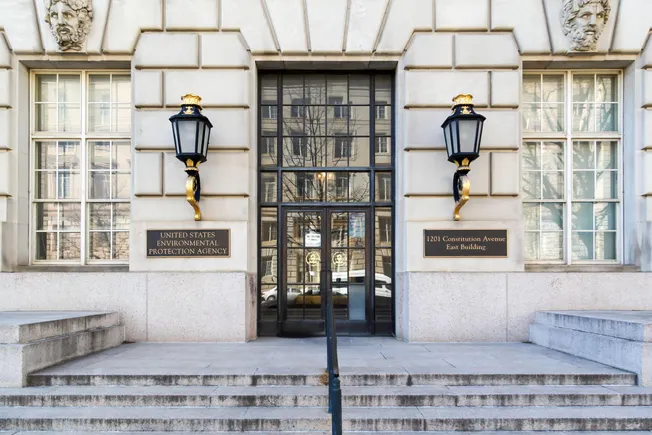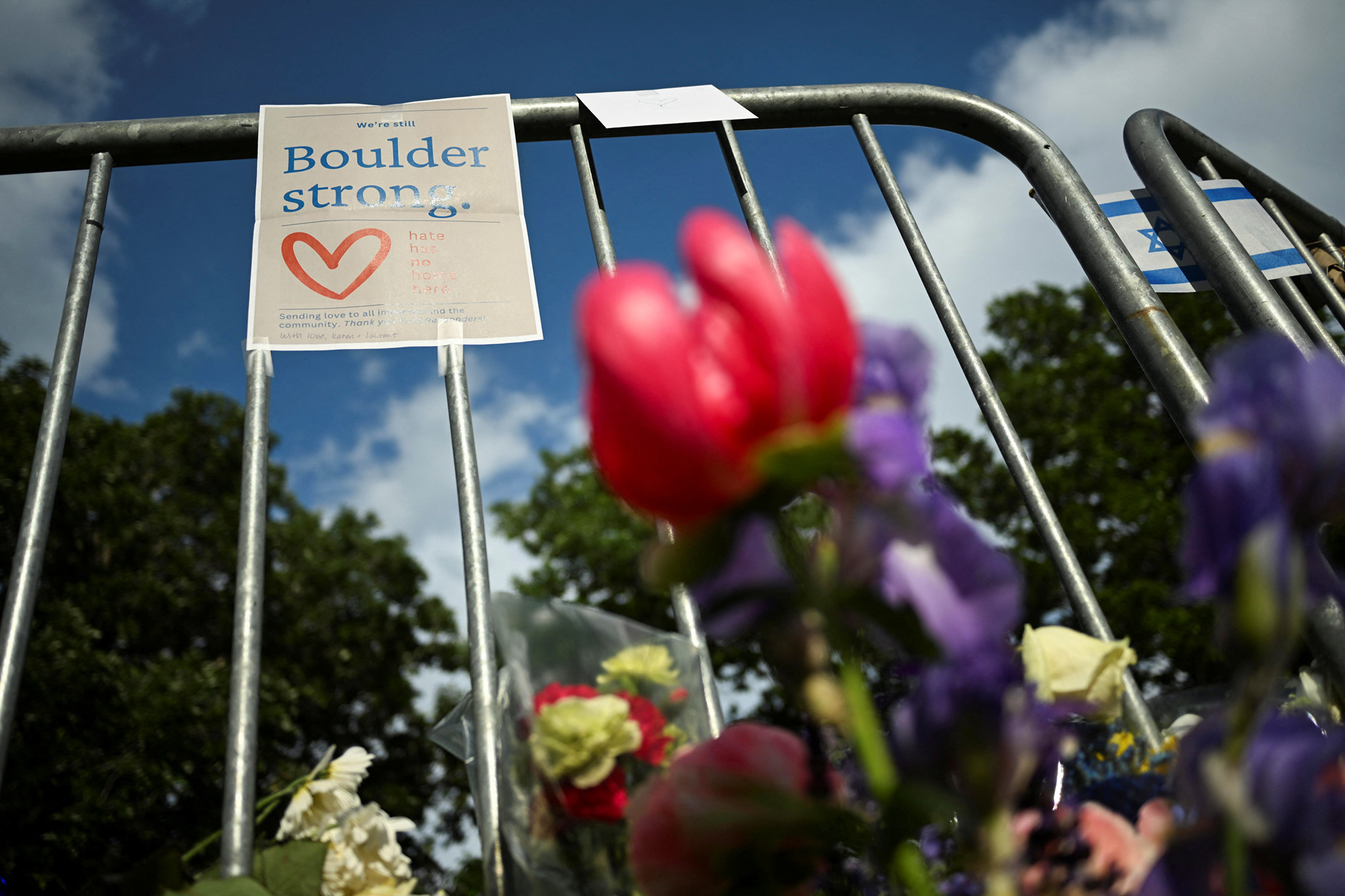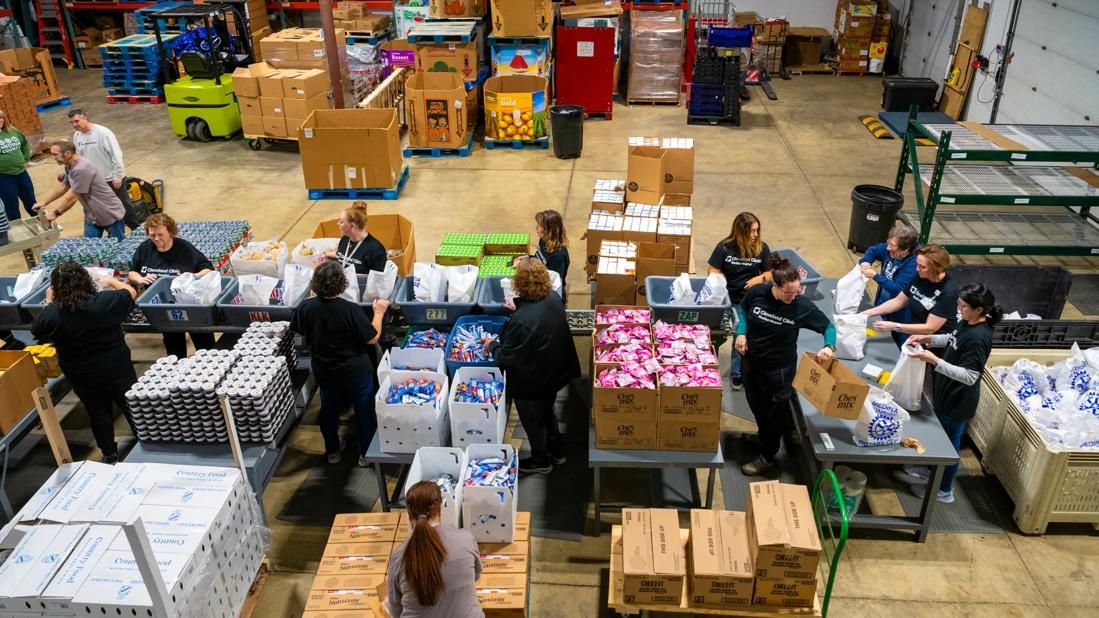OAS Report Flags Short-Term Strategies to Limit LatAm Arms Trafficking – InSight Crime

Report on Illicit Arms Trafficking in the Americas and its Implications for Sustainable Development Goals
Introduction: Addressing a Critical Threat to SDG 16
A recent report by the Organization of American States (OAS) identifies key challenges in combating illicit arms trafficking across Latin America and the Caribbean. The study, part of the “Hemispheric Study on Illicit Trafficking of Firearms and Ammunition,” underscores that the proliferation of illegal weapons is a primary driver of violence and instability, directly undermining the achievement of Sustainable Development Goal 16 (Peace, Justice and Strong Institutions). The report’s findings suggest that significant progress can be made through targeted, low-resource interventions, offering a viable path forward for nations to strengthen peace and security.
Identified Challenges to Regional Peace and Institutional Strength
The OAS study, based on qualitative analysis from over 20 regional experts, compiled 39 high-priority challenges that impede efforts to control illicit arms flows. These obstacles represent significant barriers to fulfilling SDG Target 16.4, which calls for a significant reduction in illicit arms flows. Key challenges include:
- Insufficient Data and Information Exchange: A critical failure in inter-agency data sharing, as seen in Ecuador, prevents an accurate assessment of the problem, hindering the development of effective, evidence-based policies required for strong institutions (SDG 16.6).
- Inadequate Regulation of Private Security Companies: Loopholes in the authorization and monitoring of private security firms, a notable issue in countries like Honduras and Colombia, create channels for criminal organizations to acquire weapons legally. This compromises state control and fuels violence, directly contravening SDG Target 16.1 (reduce all forms of violence and related death rates).
- Lack of Inter-Governmental Coordination: A persistent lack of coordination between different branches of government and across national borders weakens the collective response to a transnational threat, highlighting the need for enhanced partnerships as stipulated in SDG 17.
- Legislative Loopholes: Gaps and inconsistencies in national firearms legislation are frequently exploited, allowing illicit arms to circulate with minimal legal friction.
A Framework for Action: Prioritizing Low-Cost, High-Impact Solutions
A central and optimistic conclusion of the report is that many of the most pressing challenges do not require massive financial investment or long-term implementation schedules. This finding provides a strategic roadmap for nations to make immediate progress on the SDGs. The report categorizes the 13 highest-priority challenges into a matrix based on required resources and implementation time.
Strategic Priorities for Achieving SDG 16
The report’s framework allows for the strategic allocation of resources to accelerate progress. The identified priorities can be grouped as follows:
- Short-Term, Low-Resource Solutions: These represent the most accessible opportunities for immediate impact on regional security and SDG 16.
- Improving coordination between different government agencies.
- Closing identifiable loopholes in existing firearms legislation.
- Enhancing data and information exchange protocols between state entities.
- Medium- to Long-Term, High-Resource Challenges: These issues require sustained investment and multi-stakeholder collaboration, aligning with SDG 17 (Partnerships for the Goals).
- Addressing the lack of physical infrastructure and technology at ports and land borders.
- Combating the unauthorized manufacture of firearms and ammunition.
- Developing robust state capacity to effectively monitor the vast number of firearms held by private security companies.
Conclusion and Future Directives for Sustainable Peace
The OAS report provides a crucial framework for understanding and addressing the challenges of illicit arms trafficking in the Americas. By demonstrating that many effective solutions are both low-cost and rapidly implementable, it empowers states to take decisive action toward achieving SDG 16. The report effectively reframes the issue from an insurmountable problem to a series of manageable challenges. However, it also notes that further research is required to understand the root causes of these institutional and legislative failures. Addressing these underlying issues will be the critical next step in building lasting peace, ensuring justice, and developing the strong, transparent institutions necessary for sustainable development across the region.
Analysis of Sustainable Development Goals in the Article
-
Which SDGs are addressed or connected to the issues highlighted in the article?
-
SDG 16: Peace, Justice and Strong Institutions
This goal is the most relevant as the article directly discusses issues of violence, crime, and institutional weaknesses. The core topic is the trafficking of illicit arms, which fuels violence and organized crime, and the article highlights the challenges faced by state institutions in combating this problem. It focuses on the need for peace, security, and effective governance, which are the central tenets of SDG 16.
-
SDG 16: Peace, Justice and Strong Institutions
-
What specific targets under those SDGs can be identified based on the article’s content?
-
Target 16.1: Significantly reduce all forms of violence and related death rates everywhere.
- The article explicitly states that illicit arms fuel violence between criminal groups, “leading to soaring murder rates.” This directly connects the issue of arms trafficking to the goal of reducing violence and death rates.
-
Target 16.4: By 2030, significantly reduce illicit financial and arms flows, strengthen the recovery and return of stolen assets and combat all forms of organized crime.
- The entire article is centered on the “illicit trafficking of firearms and ammunition” and “illicit arms flows.” It also mentions the role of “transnational organized crime” and how private security companies can “facilitate criminal groups’ access to arms,” which are core concerns of this target.
-
Target 16.6: Develop effective, accountable and transparent institutions at all levels.
- The article identifies key institutional failings as “high priority” challenges. These include “insufficient or inadequate data and information exchange between different state agencies,” a “lack of coordination between different branches of government,” and “inadequate process for authorizing private security companies that use firearms.” Addressing these issues is essential for developing effective and accountable institutions.
-
Target 16.a: Strengthen relevant national institutions, including through international cooperation, for building capacity at all levels, in particular in developing countries, to prevent violence and combat terrorism and crime.
- The article is based on a report by the Organization of American States (OAS), described as “a regional organization designed to foster cooperation between nations.” The report is part of a wider initiative, the “Hemispheric Study on Illicit Trafficking of Firearms and Ammunition,” which exemplifies international cooperation. Furthermore, the article notes that “Caribbean and Mexican officials have repeatedly urged US officials to do more to combat the problem,” highlighting the need for cross-border cooperation to build institutional capacity.
-
Target 16.1: Significantly reduce all forms of violence and related death rates everywhere.
-
Are there any indicators mentioned or implied in the article that can be used to measure progress towards the identified targets?
-
Indicator 16.1.1: Number of victims of intentional homicide per 100,000 population.
- The article directly refers to “soaring murder rates” as a consequence of arms trafficking. Tracking this rate is a direct way to measure progress toward reducing violence.
-
Indicator 16.4.2: Proportion of seized, found or surrendered arms whose illicit origin or context has been traced or established by a competent authority.
- While not providing a specific number, the article’s focus on combating “illicit arms flows” implies that the ability to trace seized weapons is a key measure of success. The image caption mentioning “Handguns seized en route to the Caribbean” points to the practice of seizure, a prerequisite for tracing.
-
Qualitative Indicators of Institutional Effectiveness (for Target 16.6).
- The article implies that progress can be measured by addressing the specific institutional challenges it lists. Indicators could include the establishment of effective data and information exchange protocols between state agencies, improved coordination mechanisms, and the implementation of robust authorization and monitoring processes for private security companies.
-
Indicators of International Cooperation (for Target 16.a).
- The existence of the OAS report and the “Hemispheric Study” itself serves as an indicator of ongoing international cooperation. Further progress could be measured by the number of joint operations, bilateral or multilateral agreements signed, and the level of resource investment in cooperative security initiatives as called for by regional officials.
-
Indicator 16.1.1: Number of victims of intentional homicide per 100,000 population.
SDGs, Targets, and Indicators Summary
| SDGs | Targets | Indicators |
|---|---|---|
| SDG 16: Peace, Justice and Strong Institutions | 16.1: Significantly reduce all forms of violence and related death rates everywhere. | Implied Indicator (16.1.1): Reduction in “soaring murder rates” mentioned in the article. |
| SDG 16: Peace, Justice and Strong Institutions | 16.4: Significantly reduce illicit financial and arms flows… and combat all forms of organized crime. | Implied Indicator (16.4.2): Reduction in “illicit arms flows” and successful tracing of seized arms. |
| SDG 16: Peace, Justice and Strong Institutions | 16.6: Develop effective, accountable and transparent institutions at all levels. | Qualitative Indicator: Improvement in data exchange between agencies, coordination between government branches, and regulation of private security companies. |
| SDG 16: Peace, Justice and Strong Institutions | 16.a: Strengthen relevant national institutions, including through international cooperation. | Qualitative Indicator: The existence and implementation of cooperative initiatives like the OAS “Hemispheric Study” and responses to calls for international action. |
Source: insightcrime.org

What is Your Reaction?
 Like
0
Like
0
 Dislike
0
Dislike
0
 Love
0
Love
0
 Funny
0
Funny
0
 Angry
0
Angry
0
 Sad
0
Sad
0
 Wow
0
Wow
0
















































































